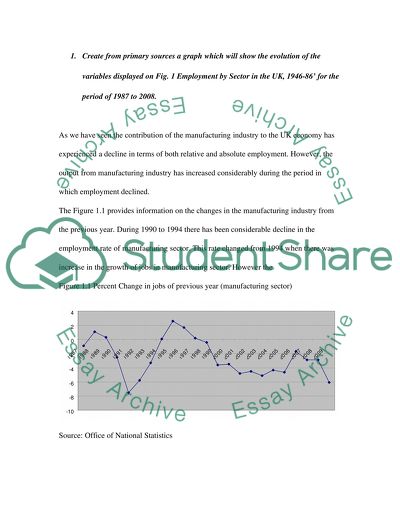Cite this document
(Analysis of Employment Data Report Example | Topics and Well Written Essays - 1500 words, n.d.)
Analysis of Employment Data Report Example | Topics and Well Written Essays - 1500 words. https://studentshare.org/macro-microeconomics/1569240-presenting-and-analyzing-employment-data
Analysis of Employment Data Report Example | Topics and Well Written Essays - 1500 words. https://studentshare.org/macro-microeconomics/1569240-presenting-and-analyzing-employment-data
(Analysis of Employment Data Report Example | Topics and Well Written Essays - 1500 Words)
Analysis of Employment Data Report Example | Topics and Well Written Essays - 1500 Words. https://studentshare.org/macro-microeconomics/1569240-presenting-and-analyzing-employment-data.
Analysis of Employment Data Report Example | Topics and Well Written Essays - 1500 Words. https://studentshare.org/macro-microeconomics/1569240-presenting-and-analyzing-employment-data.
“Analysis of Employment Data Report Example | Topics and Well Written Essays - 1500 Words”. https://studentshare.org/macro-microeconomics/1569240-presenting-and-analyzing-employment-data.


